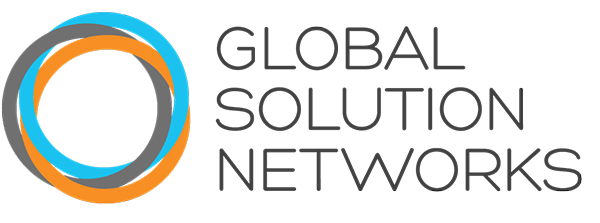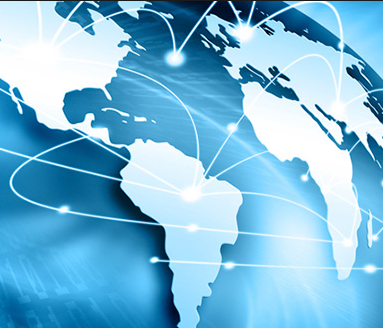This week the UN Sustainable Development Summit will convene at UN headquarters in New York. World leaders from 193 nations will be asked to commit to 17 Global Goals in three broad categories—end extreme poverty, fight inequality and injustice, and tackle climate change — to be reached in the next fifteen years.
The Sustainable Development Goals, or SDGs, or simply “Global Goals” distribute easily into the categories that we have defined for our ongoing work on Global Solution Networks, which has analyzed the existence of hundreds of innovative, multi-stakeholder, collaborative networks that are already hard at work on solving the problems that are laid out in the Global Goals.
 Health & Human Security:
Health & Human Security:
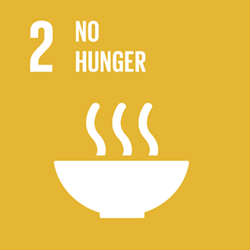 — End hunger, achieve food security and improved nutrition and promote sustainable agriculture
— End hunger, achieve food security and improved nutrition and promote sustainable agriculture
 — Ensure healthy lives and promote well-being for all at all ages
— Ensure healthy lives and promote well-being for all at all ages
 —Achieve gender equality and empower all women and girls
—Achieve gender equality and empower all women and girls
 — Ensure availability and sustainable management of water and sanitation for all’
— Ensure availability and sustainable management of water and sanitation for all’
 — Promote peaceful and inclusive societies for sustainable development, provide access to justice for all and build effective, accountable and inclusive institutions at all levels
— Promote peaceful and inclusive societies for sustainable development, provide access to justice for all and build effective, accountable and inclusive institutions at all levels
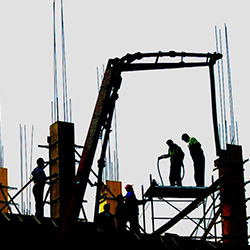 Employment & Prosperity:
Employment & Prosperity:
 — End Poverty in all its forms everywhere
— End Poverty in all its forms everywhere
 — Ensure inclusive and equitable quality education and promote lifelong learning opportunities for all
— Ensure inclusive and equitable quality education and promote lifelong learning opportunities for all
 — Promote sustained, inclusive and sustainable economic growth, full and productive employment and decent work for all
— Promote sustained, inclusive and sustainable economic growth, full and productive employment and decent work for all
 — Reduce inequality within and among countries
— Reduce inequality within and among countries
 — Strengthen the means of implementation and revitalize the global partnership for sustainable development
— Strengthen the means of implementation and revitalize the global partnership for sustainable development
 Climate & Planet Stewardship:
Climate & Planet Stewardship:
 — Ensure access to affordable, reliable, sustainable, and modern energy for all
— Ensure access to affordable, reliable, sustainable, and modern energy for all
 — Ensure sustainable consumption and production patterns
— Ensure sustainable consumption and production patterns
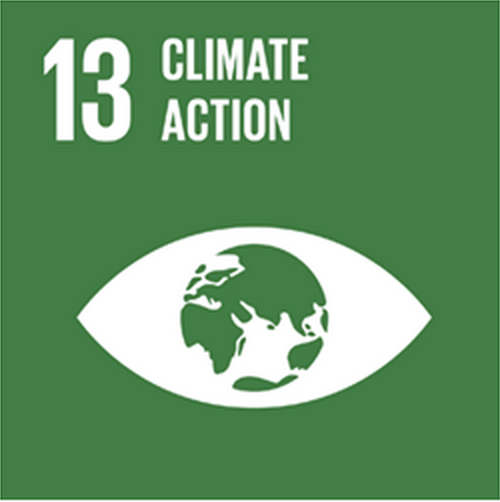 — Take urgent action to combat climate change and its impacts
— Take urgent action to combat climate change and its impacts
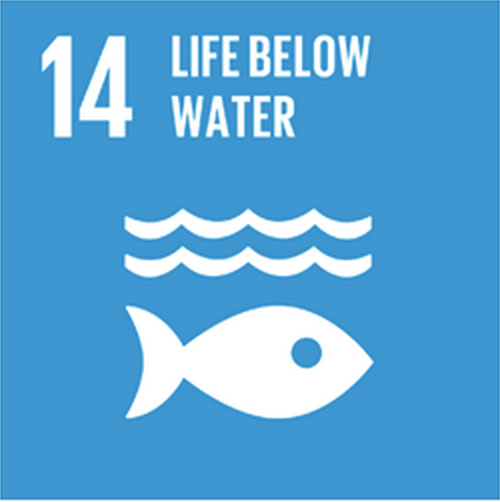 — Conserve and sustainably use the oceans, seas, and marine resources for sustainable development
— Conserve and sustainably use the oceans, seas, and marine resources for sustainable development
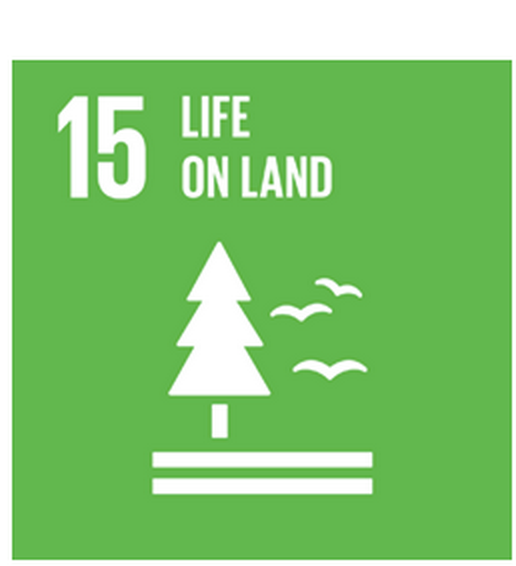 — Protect, restore and promote sustainable use of terrestrial ecosystems, sustainably manage forests, combat desertification, and halt and reverse land degradation and halt biodiversity loss
— Protect, restore and promote sustainable use of terrestrial ecosystems, sustainably manage forests, combat desertification, and halt and reverse land degradation and halt biodiversity loss
 Cities:
Cities:
 — Build resilient infrastructure, promote inclusive and sustainable industrialization and foster innovation
— Build resilient infrastructure, promote inclusive and sustainable industrialization and foster innovation
 — Make cities and human settlements inclusive, safe, resilient and sustainable
— Make cities and human settlements inclusive, safe, resilient and sustainable
The most commonly referenced description of sustainable development comes from the 1987 report, Our Common Future, by the World Commission on Environment and Development: “development that meets the needs of the present without compromising the ability of future generations to meet their own needs.” The International Institute for Sustainable Development elaborates:
Sustainable development requires an understanding of the world as a system – a system that connects space;
and a system that connects time… air pollution from North America affects air quality in Asia…pesticides sprayed in Argentina could harm fish stocks off the coast of Australia.
When the globe is viewed as a system over time it’s easy to see that the actions of earlier populations continue to affect us today; and the economic policies we endorse today will have an impact on prosperity In the future. The SDGs are a critical step in planning today’s actions as the foundation for tomorrow’s outcomes.

